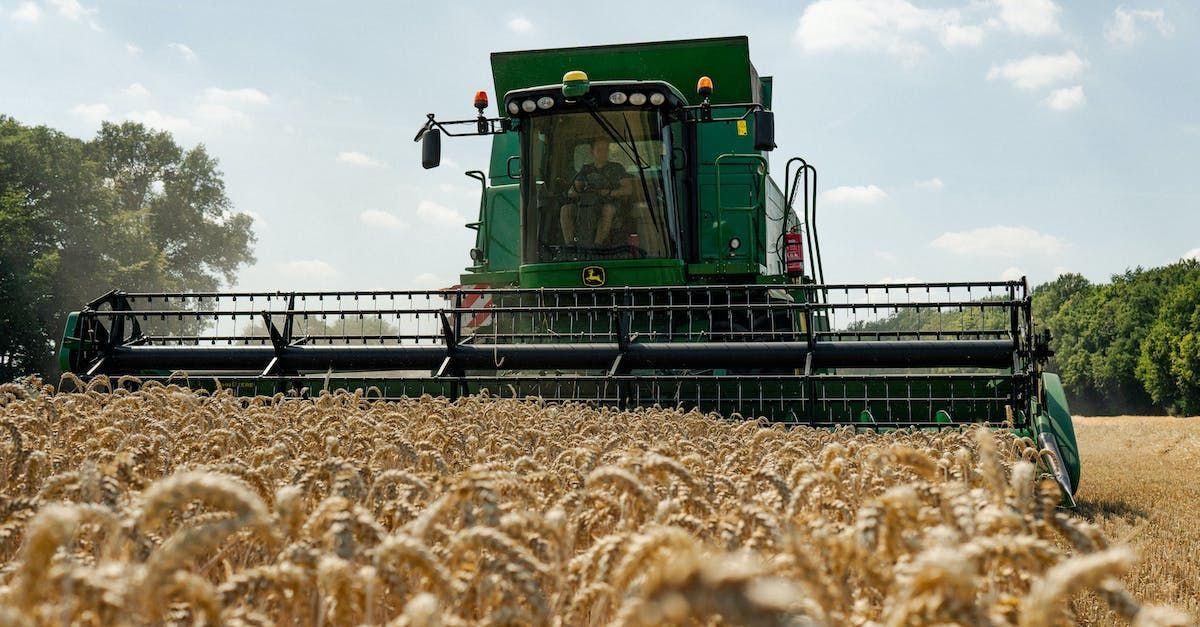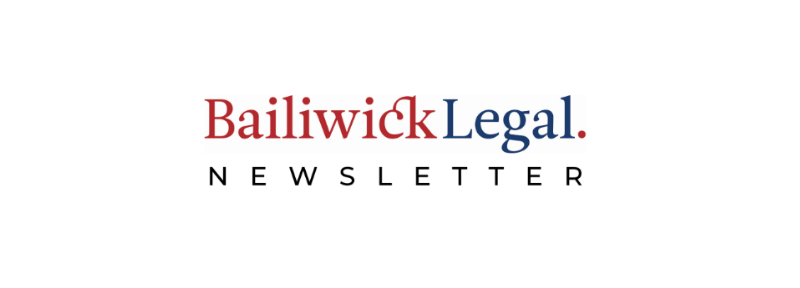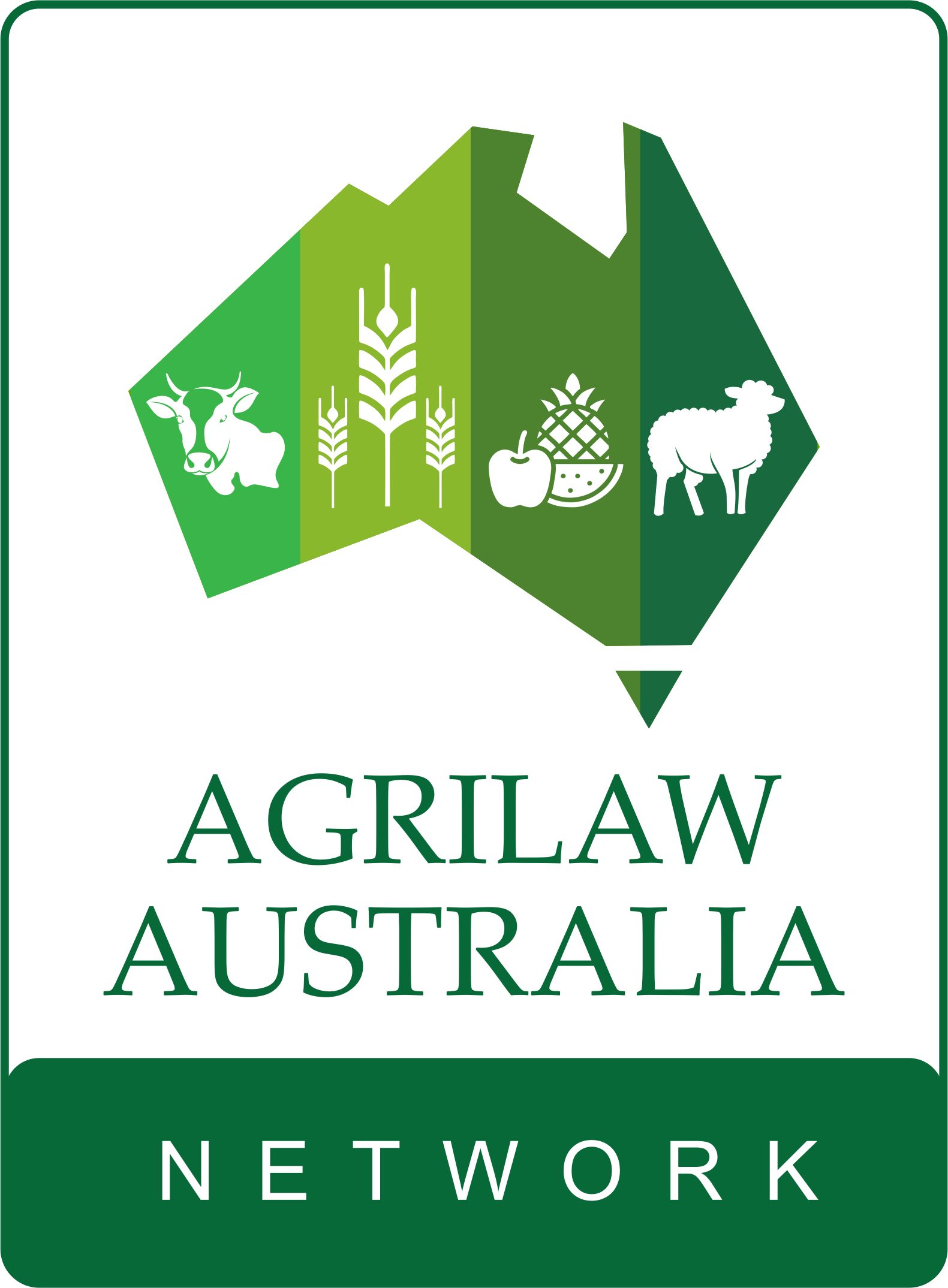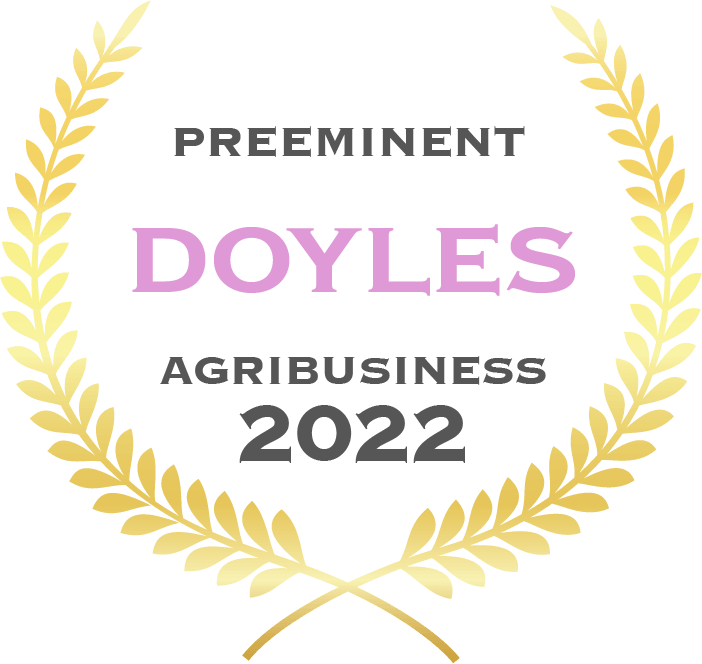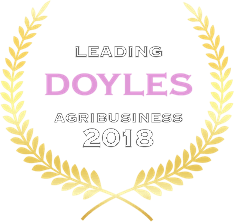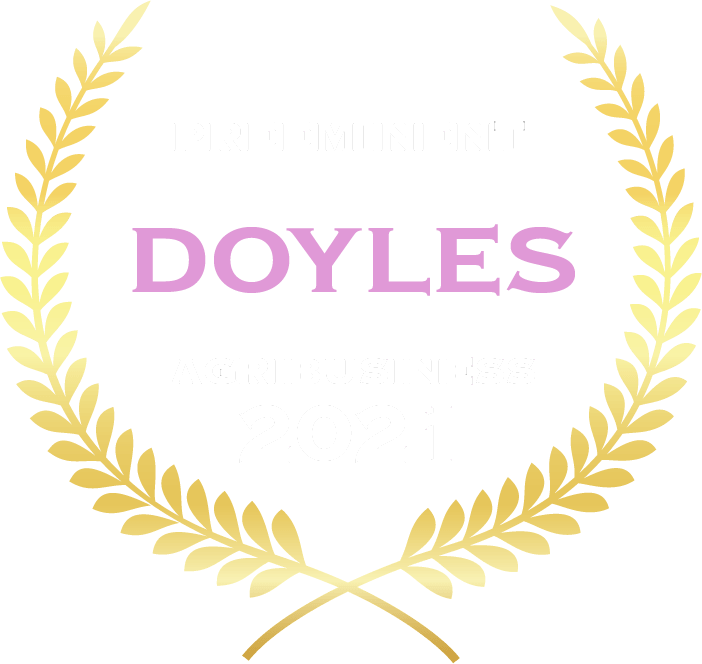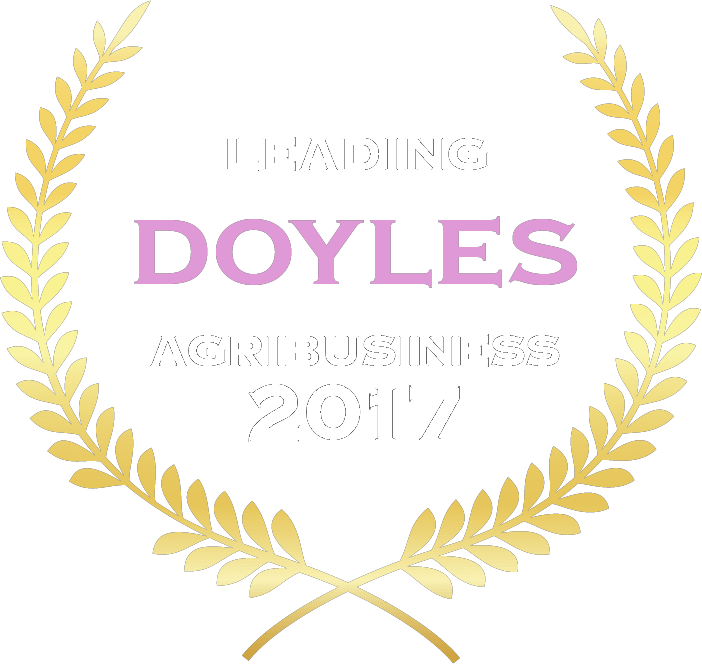Is Carbon Farming right for you?
April 19, 2023
Phil and Matilda discuss what you need to consider before committing to Carbon Farming.

As a farmer, you’re looking for the best ways to make your land work for you, whether that is producing grain, livestock, or other commodities such as carbon.
For many years, Western Australian farmers have looked for ways to sequester carbon and improve their soil health and ultimately their productivity. In more recent times farmers have also look to carbon farming as a source of income.
In the last year the value of global carbon markets has surged to a record of $851 billion, which has certainly attracted more farmers to carbon farming. $815 billion dollars!!
To help farmers navigate carbon and this growing industry we did a Live on our Facebook page (which you should definitely check out), but if you missed it, here are the main takeaways:
Legislation
Much like any other source of farming income, to get into carbon farming, you’ll need to get acquainted with the legislation surrounding the activity, which mainly means getting acquainted with the emissions reduction fund.
This government fund is focused on incentivising actions that either diminish carbon emissions or store carbon by giving those that undertake said activities the opportunity to earn Australian Carbon Credit Units (ACCU’s).
Each ACCU is equivalent to 1 metric tonne of carbon dioxide equivalent (CO-e) net abatement, and they can be sold either to the government or in the open market.
There tend to be two methods of acquiring ACCUs.One is through the “sequestration of carbon” which is done by trapping carbon either into trees or into the soil, and the other is by lowering emissions in the farm’s daily activities. .
If you want your carbon entrapment to be considered eligible, you’ll need an approved method for measuring abatement, and land managers will need to check on the guidelines of different methodologies to pick one that suits their project.
For sequestration to continuously earn you credits, it needs to fulfill permanence obligations. That is, the quantity of carbon sequestered must increase at a certain rate for 25 to 100 years.
Selling your Carbon Credits
Great! So now you have carbon credits that you can sell and make quite a bit of income from, but how exactly do you sell them?
You have two main options: selling it to the government, or to the open private market.
If you’re going with the first option, you’ll have to wait for the next government carbon auction, which happens twice a year, where you’ll put up your credits for sale, either to the government itself or to other businesses looking to reduce their emissions.
The open market, on the other hand, works on a more conventional method, where you advertise your credits and interested parties, which will normally be companies, or even investors, can buy them for themselves.
This can be extremely profitable, as demonstrated by Willmot Cattle Co, which sold its carbon soil sequestration credits to Microsoft for $500,000..
As we always emphasise here at Bailiwick, you need to pay very close attention to your contract as it could contain a reverse clause, which obligates you to pay back received credits if you don’t meet a certain carbon quota.
Risks
Now, much like any investment, carbon farming does come with its own assortment of risks and caveats, some less obvious than others, with a main one, being the permanence period.
It’s not hard to imagine why, after all, 25 to 100 years is a really long time for you to lock up your land.
Indeed, how can you be sure that carbon farming will yield more return than crops or livestock? That will largely depend on your eligibility for government funding, since without it, the entirety of the project will come out of your own pocket at a great expense.
Also, there is the simple matter of what you’re going to do with all the trees on your property if you fail to meet the carbon quota, especially since clearing can be quite expensive. Will the land still be usable?
What’s more, the ERF wants you to start the project from the beginning, so you can’t really be eligible, if there already are trees in your property.
Mining Tenements
Earlier on we mentioned caveats, something else to look out for is that mining tenants, that is, hosting a mining operation in your land can have an effect on your carbon credit eligibility.
If the mining company approaches you after you’ve already established a carbon project, the best thing to do is sit them down and talk about compensation, particularly if mining operations are likely to encroach on your carbon project. Once again, it's all about your contracts.
On the other hand, if the situation is reversed and you already have a mining tenement on your land, and you’ve been playing with the idea of starting a carbon project, you’ll essentially be forced by the government to reach an agreement with the company for use of the land you’ve leased.
There are pros and cons to this alone, but once again the outcome is affected by a series of variables, including the location of your property, of the mining operation, and of course the carbon project within it.
Conclusion
When considering the risks and concerns of carbon farming you have consider whether the environmental benefits and income potential from carbon credits is be worth you locking away a portion of your land for 25-100 years.
The best way to approach carbon is with caution, looking at your particular circumstances and evaluating your chances of securing funding for your project But you don’t have to do it alone, in fact, it would be wise not to.
So, if you are considering getting into carbon farming, don’t be afraid to ask for the legal advice of the experts at Bailiwick as we are always available to provide you with assistance on your rights and opportunities as a rural landowner.

